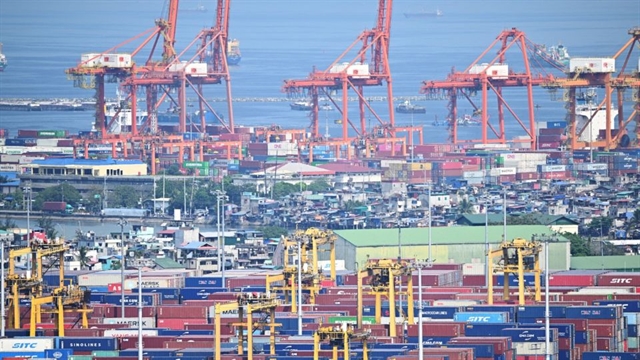 Opinion
Opinion

The National Assembly’s resolution for Việt Nam’s socio-economic development in 2021 has been approved. Of the 12 key targets in the plan, the total-factor productivity (TFP) is expected to contribute 45-47 per cent of GDP growth. Vietnam News Agency spoke to NA deputies about the TFP index
Deputy Vũ Hồng Thanh from the northern province of Quảng Ninh:

|
| Deputy Vũ Hồng Thanh from the northern province of Quảng Ninh:VNA/VNS Photo |
In the last five years, Việt Nam’s TFP has contributed 45 per cent to national economic growth, exceeding the target set by the National Assembly of 30-35 per cent. High economic growth is good but the quality of the growth including TFP needs more attention.
A TFP of 45 per cent shows that Việt Nam has achieved better quality of growth, improvements in labour productivity and a better Incremental Capital Output Ratio (ICOR). However, we were expecting more.
Currently, Việt Nam’s labour productivity stands at 5.8 per cent, higher than planned but still lower than those of other countries in the Asian region. As a result, Vietnamese products and services are still less competitive than those of other counties.
Việt Nam’s ICOR now stands at 6.1 instead of 6.3 as previously. The decrease reflects an improvement but has yet to meet requirements as the quality of investment and investment efficiency are still modest. Many countries have an ICOR of 4. This means Việt Nam has to spend more to earn the same as other countries.
For the first nine months of this year, 60 per cent of public investment for programmes and projects was disbursed, 33 per cent higher than the same period last year. If the disbursement had been better, national economic growth would have had been brighter too.
Among them were key national projects which not only contribute to current economic growth but also future growth, for example, the North-South Expressway and Long Thành International Airport.
If key projects are sped up, they would also push up our ICOR, labour productivity and TFP, thus improving growth quality.
TFP represents the quality of growth, and I think that Việt Nam’s TFP is at a level we can say is good and positive.

|
| Deputy Bùi Sỹ Lợi from the central province of Thanh Hóa. VNA/VNS Photo |
Deputy Bùi Sỹ Lợi from the central province of Thanh Hóa:
The COVID-19 pandemic has been heavily affecting the global economy, and Việt Nam’s TFP is among the few factors that have helped the country achieve positive growth.
In the past Việt Nam’s TFP increased mainly thanks to foreign investment and a low-skilled labour force. Now it is increasing thanks to reduced labour costs, a focus on scientific and technological innovations, and changes to the investment structure. The increased TFP and its contributors play an important role in making growth more stable and sustainable.
However, the improvement of Việt Nam’s TFP is still behind those of other countries due to two factors – total investment and modest quality of human resources which results in low labour productivity.
Meanwhile, other countries have increased their TFP based on technological innovations and improved human resources.
According to national plan on socio-economical development for 2021, Việt Nam’s labour productivity is expected to increase 4.8 per cent, lower than those of previous year – 6.28 per cent in 2019 and an estimated 4.89 per cent in 2020.
Because the COVID-19 pandemic will continue to have negative impacts on the national economy this year and next year, I think it is reasonable for the National Assembly to set a modest target on labour productivity.
Now it’s necessary to restructure production first to keep the current labour force and limit unemployment. In the following steps, we should push labour productivity and improve the TFP.
Scientific and technological innovations will help improve growth quality and increase the competitiveness of our economy. VNS




